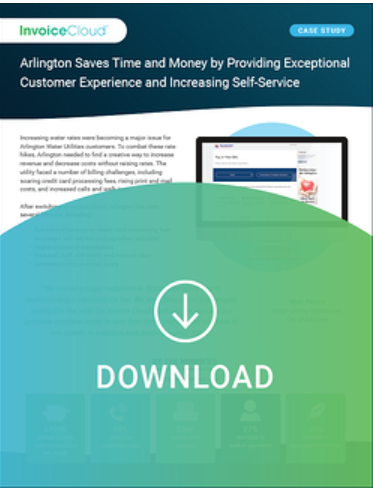In the contemporary landscape of digital payments, transaction fees have become an integral facet of everyday life, from the gas pump to online credit card transactions. While these fees have become a standard aspect of consumerism, they can become a burden on business operations.
However, there is an alternative that can alleviate the financial strain on billers without necessitating the restriction of payment methods—such as blackballing credit cards—to avoid fees. This alternative approach offers a solution that enables billers to embrace a diverse range of payment methods while addressing concerns regarding transaction fees.
Transaction Fees: What You Need to Know
Unfortunately, convenience comes at a cost. Transaction fees, for instance, are passed to consumers to cover the cost of payment processing when a customer purchases by credit card.
These fees are essential for ensuring the smooth operation of payment systems and covering the costs incurred in facilitating electronic transactions. They encompass various expenses, including network infrastructure maintenance, fraud prevention measures, customer support, and regulatory compliance. Transaction fees play a crucial role in sustaining the reliability, security, and efficiency of digital payment networks, thereby enabling businesses and consumers to engage in seamless and secure financial transactions.
Once upon a time, these charges where not impactful enough to businesses due to the lower usage, adoption, variations of cards, and variations of electronic payment options, but over the last few years, with electronic payments becoming the preferred method of payment amongst Americans, fees have been rising rapidly, impacting organizations across all industries. What was once a small price for customer convenience is now becoming a significant financial burden for businesses—including billing organizations.
So, how can billers handle these rising fees?
Balancing Transaction Fees and Customer Convenience
Rejecting popular payment methods to avoid associated fees is not an ideal strategy for billers. For instance, our State of Online Payments report revealed that credit cards are the preferred bill payment method for over a quarter of American payers. Failing to accept a preferred, widely used method not only risks frustrating customers but could also potentially delay payments.
One viable solution is to pass these fees on to customers, a practice that has become increasingly expected in today’s digital landscape where convenience often comes at a price. By doing so, billers can avoid being burdened with numerous fees while still offering customers the flexibility to choose from popular payment methods. For customers who are averse to paying transaction fees, there are alternative options available – for instance, billers can offer payments via Automated Clearing House (ACH) for free or at a low cost. However, at InvoiceCloud, we’ve seen firsthand that passing fees onto customers does not hinder digital adoption, indicating that this approach can effectively balance the needs of both billers and consumers in the digital payments ecosystem.
Mishawaka Improves Digital Adoption and Customer Savings by Switching Fee Models
Mishawaka Utilities, serving a population of over 47,000, realized their business practices needed updating to keep pace with customer expectations and mitigate the impact of rising payment acceptance costs. After switching their model, Mishawaka Utilities achieved greater online payment adoption across its channels (including ACH and Online Bank Direct), higher customer satisfaction scores, and monthly savings of $3,000-$6,000 on payment acceptance costs alone.
“We realized that it’s not feasible for us to continue to absorb astronomical processing costs now and as they continue to grow in the future,” said Phil Stokes, Network Ops Admin for the City of Mishawaka. “We discussed the possibility of a fee model change with InvoiceCloud, and it was an eye-opener for us to understand the sheer volume of customers who would actually see cost savings as well. The InvoiceCloud team supported and guided us through this technical change and ensured that we effectively communicated with our customers at the same time.”
Arlington Water Utilities Sees Success with Transaction Fee Model
Arlington Water Utilities in Arlington, TX, experienced remarkable success by implementing a transaction fee model tailored to their organization’s needs. Despite deciding to pass these fees along to customers, Arlington Water witnessed a significant reduction in call volumes by driving adoption with InvoiceCloud.
Moreover, the implementation of this model increased revenue, helped the utility achieve substantial savings of $900,000 in annual operational costs, and delighted customers with an enhanced payment experience that met their needs effectively.
To see the full scope of benefits Arlington Water Utilities continues to experience, check out their case study here.

